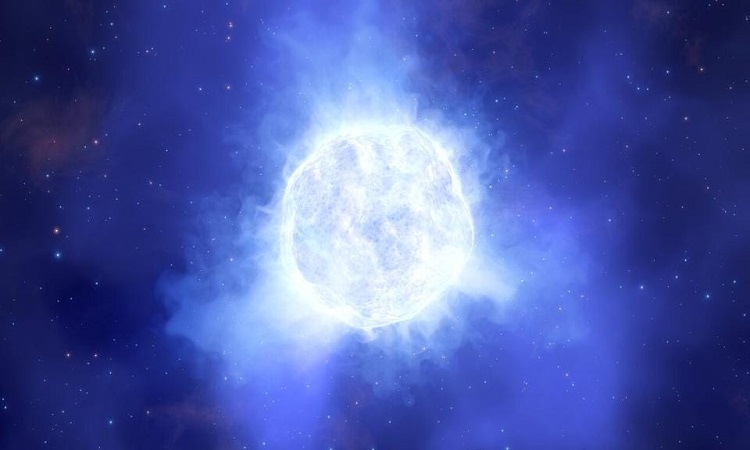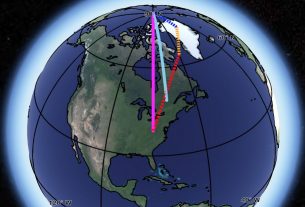What astronomers thought was an evolving black hole just 1120 light-years from Earth was actually something quite different: a twin-star system. And in this binary couple, one of the stars is vampirizing the other.
When first identified forty years ago, the object known as HR 6819, 1120 light-years away, was thought to be a Be star, a type of star with a very large rotation speed. A few years later, closer examination revealed that this object was accompanied by a relatively close huddled partner, orbiting once every forty days.
Then, two years ago, researchers from the European Southern Observatory argued that the star Be was not flickering as much as it should, hinting at the presence of an additional invisible mass involved in this duo. .
Based on the movements of the inner star, astronomers had determined that the mass of this enigmatic object was equivalent to four solar masses. However, such a heavy and “invisible” object could only be a black hole. Very puny, it was then part of the class of “stellar mass black holes” and could boast of being the closest to the Earth ever identified. But does this black hole really exist? A new review suggests not.
A vampire and its prey
While this initial research was based on observations collected by a relatively small telescope, a new team led by Abigail Frost, an astrophysicist from the Katholieke Universiteit Leuven in Belgium, turned their attention to the Very Large Telescope (VLT) and the Very Large Telescope Interferometer (VLTI), from ESO, to perform new analyses. These two more powerful instruments were able to produce more detailed images of HR 6819.
In reality, it was all about space. If there were three objects involved as previously proposed (a black hole, a main-sequence star, and a Be star), the distance between the two bright objects would have been “respectable.” Conversely, if there were only two objects involved, they would only need to be separated by a tiny fraction of that distance. Here, the VLT instruments confirmed that these two stars were very close to each other, separated by only a millisecond of arc.
In other words, this means that no black holes are needed to explain the data collected. HR 6819 is just a binary system involving two very ordinary stars.
Note that “ordinary” does not mean boring. Indeed, astronomers were able to observe the pair at a very specific stage, during which one of the stars recently sucked the atmosphere out of its partner, like some sort of cosmic vampire.
“This makes our findings for HR 6819 very exciting, as they present a perfect candidate to study how this vampirism affects the evolution of massive stars and in turn the formation of their associated phenomena, including gravitational waves and violent starbursts. supernova“, conclude the authors.




